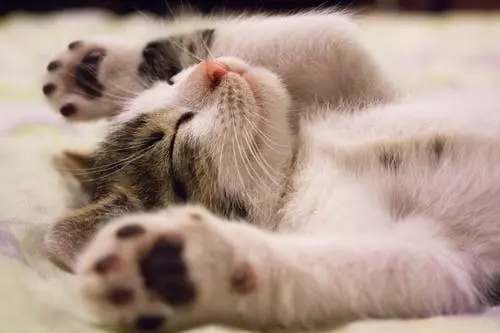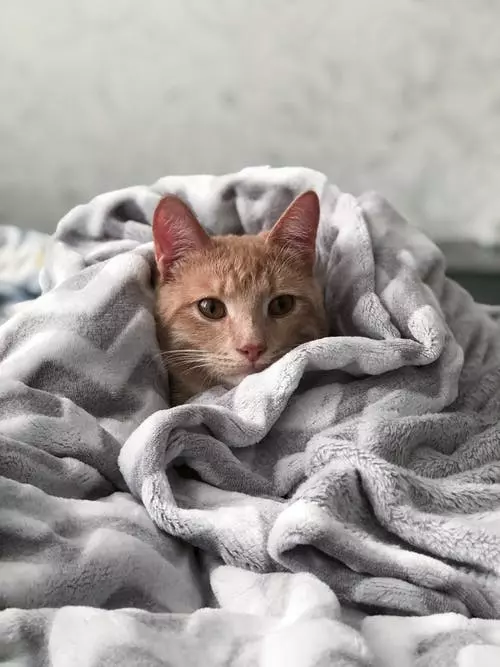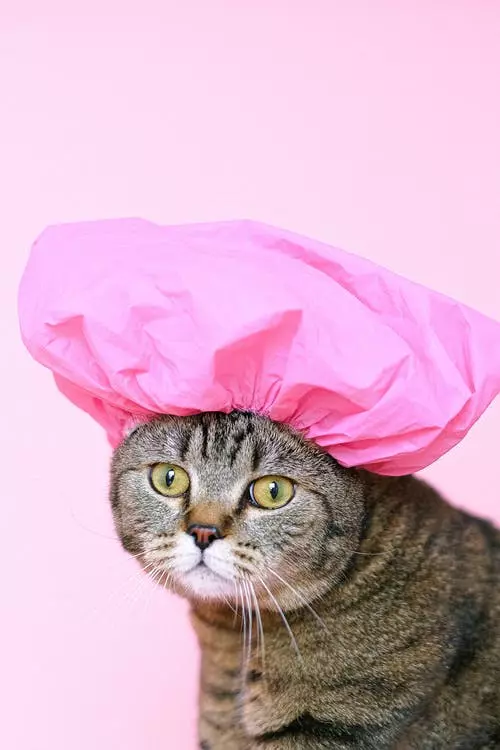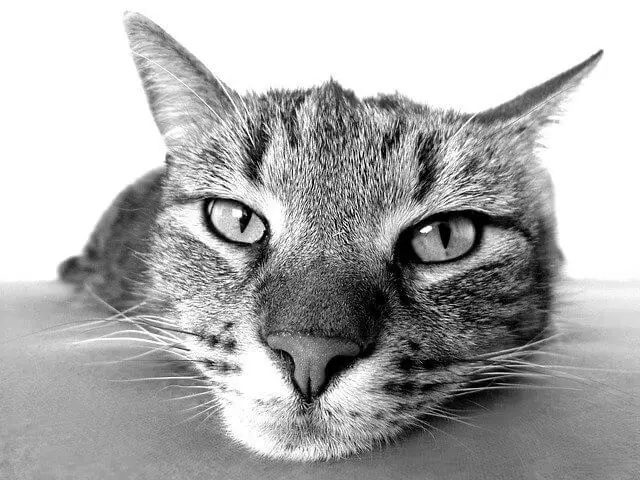Living in a multi-cat household can be a wonderful experience, but it can also come with its own set of challenges. One of the main obstacles that cat owners face in multi-cat households is preventing overstimulation among their furry companions. Overstimulation can lead to aggression, fights, and a tense living environment. In this article, we will dive into the reasons behind overstimulation in multi-cat households and provide effective strategies to maintain a harmonious atmosphere for your feline friends.
Understanding Overstimulation in Cats
Before we can address the issue of overstimulation, it is important to understand what it entails. Overstimulation occurs when a cat becomes overwhelmed and cannot handle the level of stimulation they are experiencing. This can happen due to various triggers such as excessive noise, sudden movements, or even the presence of other cats. It is essential to be aware of the signs of overstimulation so that you can intervene before the situation escalates. Common signs include dilated pupils, flattened ears, hissing, growling, swatting, or even biting.
Strategies for Preventing Overstimulation
1. Provide Sufficient Resources: Ensuring that each cat has access to their own food and water stations, litter boxes, and vertical spaces can help prevent competition and reduce overstimulation. Cats need their own designated areas to eat, drink, eliminate, and rest without feeling threatened or overwhelmed.
2. Establish Consistent Routines: Cats thrive on routine, and establishing a consistent schedule can help reduce stress and prevent overstimulation. Set specific feeding times, schedule regular playtime and enrichment activities, and create designated quiet areas where each cat can retreat to when they need a break.
3. Implement Slow and Proper Introductions: When introducing a new cat to the household or reintroducing cats after a separation, it is crucial to take things slow and follow a proper introduction process. Start by isolating the new cat or separated cats in separate rooms and gradually introduce their scents through scent swapping. Gradually progress to visual and physical introductions under supervised conditions to prevent overstimulation and potential conflicts.
4. Promote Positive Reinforcement and Rewards: Positive reinforcement can go a long way in encouraging good behavior and reducing overstimulation. Use treats, praise, and interactive toys to reward your cats for calm and cooperative behavior. Additionally, providing puzzle feeders and encouraging cooperative play can help redirect their energy in a positive and stimulating way.
Frequently Asked Questions (FAQs)
Q1: Can neutering/spaying help reduce overstimulation in multi-cat households?
A: Yes, neutering/spaying your cats can help reduce overstimulation by minimizing hormonal fluctuations and decreasing territorial behaviors.
Q2: How can I distinguish between playfulness and overstimulation during cat interactions?
A: Pay attention to the body language of your cats. Playfulness is usually accompanied by loose and relaxed body postures, while overstimulation is characterized by tense body language, dilated pupils, and aggressive behaviors.
Q3: My cats seem to get along fine most of the time, but occasional fights break out. What should I do?
A: If fights occur occasionally, it is important to intervene calmly and separate the cats. Implement strategies such as providing more resources, increasing interactive playtime, and ensuring each cat has their own space.
Q4: Is it necessary to provide individual litter boxes for each cat?
A: Yes, it is recommended to have one litter box per cat, plus one extra. This helps prevent competition and reduces the chances of overstimulation during elimination.
Q5: What are some signs that my cats are stressed or overstimulated?
A: Signs of stress or overstimulation in cats can include excessive grooming, changes in appetite, hiding, aggression, urine marking, or excessive vocalization.
Conclusion
Preventing overstimulation in multi-cat households requires a combination of understanding feline behavior, implementing appropriate strategies, and providing a harmonious living environment. By following the tips outlined in this article and addressing frequently asked questions, you can enhance the well-being of your furry companions and foster a peaceful coexistence within your multi-cat family. Remember, patience, consistency, and positive reinforcement are key in creating a harmonious environment for your feline friends.








